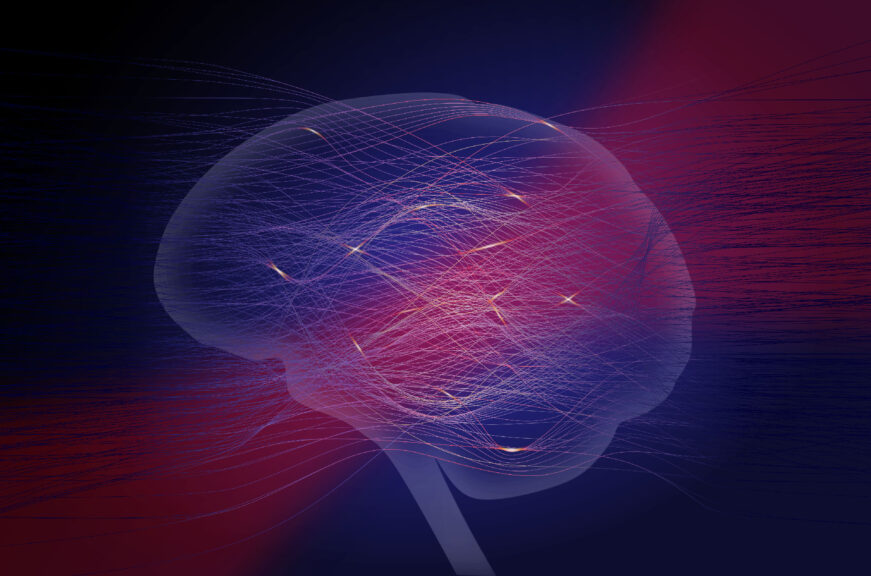The increasing size of neural networks for deep learning applications and their energy consumption create a need for alternative neuromorphic approaches, for example, using optics. In their work, Clara Wanjura and Florian Marquardt propose a new way of implementing a neural network with an optical system which could make machine learning more sustainable in the future. The researchers at the Max Planck Institute for the Science of Light and the Friedrich-Alexander-Universität Erlangen-Nürnberg have published their new method in Nature Physics, demonstrating a method much simpler than previous approaches.
While normally the data input is imprinted on the light field, the new method proposes to imprint the input in system parameters, such as resonator frequencies, which influence the system’s scattering response. In this way, the neuromorphic system can perform arbitrary nonlinear computations even though the system itself is linear in nature.
In the future, the authors are planning to collaborate with experimental groups to explore the implementation of their method. Since their proposal significantly relaxes the experimental requirements, it can be applied to many physically very different systems. This opens up new possibilities for neuromorphic devices allowing physical training over a broad range of platforms.
For more information see the original publication in Nature Physics:
Fully non-linear neuromorphic computing with linear wave scattering
Clara C. Wanjura, Florian Marquardt
Nature Physics (2024)
(Picture by CC Wanjura: Artistic illustration of a neuromorphic system of waveguides carrying light)

The increasing size of neural networks for deep learning applications and their energy consumption create a need for alternative neuromorphic approaches, for example, using optics. In their work, Clara Wanjura and Florian Marquardt propose a new way of implementing a neural network with an optical system which could make machine learning more sustainable in the future. The researchers at the Max Planck Institute for the Science of Light and the Friedrich-Alexander-Universität Erlangen-Nürnberg have published their new method in Nature Physics, demonstrating a method much simpler than previous approaches.
While normally the data input is imprinted on the light field, the new method proposes to imprint the input in system parameters, such as resonator frequencies, which influence the system’s scattering response. In this way, the neuromorphic system can perform arbitrary nonlinear computations even though the system itself is linear in nature.
In the future, the authors are planning to collaborate with experimental groups to explore the implementation of their method. Since their proposal significantly relaxes the experimental requirements, it can be applied to many physically very different systems. This opens up new possibilities for neuromorphic devices allowing physical training over a broad range of platforms.
For more information see the original publication in Nature Physics:
Fully non-linear neuromorphic computing with linear wave scattering
Clara C. Wanjura, Florian Marquardt
Nature Physics (2024)
(Picture by CC Wanjura: Artistic illustration of a neuromorphic system of waveguides carrying light)